Control Chinch Bugs Before They Devastate Your Lawn
A lush, green lawn is the pride of many homeowners, offering a place for relaxation, outdoor activities, and enhancing your home’s curb appeal. However, maintaining a beautiful lawn can be challenging, especially when you have to contend with various threats, including North American inspects like Chinch Bugs (Nysius raphanus). In this article, we’ll explore the world of chinch bugs and their destructive potential on your lawn.
1. Understanding Chinch Bugs:
Chinch bugs are tiny, sap-sucking insects that are notorious for their appetite for grass. They are often found in lawns across North America, causing substantial damage if left uncontrolled. Two common species of chinch bugs in the United States are the southern chinch bug and the hairy chinch bug.
2. Signs of a Chinch Bug Infestation:
Identifying a chinch bug infestation early is crucial for minimizing the damage to your lawn. Look for these telltale signs:
- Yellow or brown patches: Chinch bugs feed on grass by piercing the blades and extracting sap. This feeding process can lead to the grass turning yellow or brown, eventually resulting in dead patches.
- Wilted and stunted growth: Affected grass may appear wilted and fail to grow properly, even with adequate watering and care.
- Dying or dead grass: Severe infestations can lead to the death of the grass, leaving behind bare, barren patches.
- Chinch bugs themselves: In some cases, you may be able to spot chinch bugs crawling on the grass, especially during hot, dry weather.
3. Favorable Conditions for Chinch Bugs:
Chinch bugs tend to thrive in specific conditions:
- Hot and dry weather: They are most active during warm, dry weather, making your lawn particularly vulnerable during the summer months.
- Stressed grass: Weakened or drought-stressed grass is more susceptible to chinch bug infestations.
4. The Destructive Potential of Chinch Bugs:
Chinch bugs can be incredibly destructive to lawns if left unchecked. They suck the sap from grass blades, causing damage to the plant’s vascular system. This results in the grass blades turning yellow, then brown, and ultimately dying. If the infestation is severe, it can lead to large, unsightly patches of dead grass, drastically affecting your lawn’s aesthetics and health.
5. Prevention and Control:
Preventing and managing chinch bug infestations is essential to protect your lawn. Here are some steps you can take:
- Proper lawn care: Maintain your lawn with proper watering, mowing, and fertilization to keep it healthy and resilient against pests.
- Regular inspections: Regularly inspect your lawn for signs of chinch bug activity, especially during the summer months.
- Pest control: If you suspect a chinch bug infestation, consider using insecticides or contacting a professional pest control service for effective treatment.
- Thatch management: Thatch buildup can create a favorable environment for chinch bugs. Aerate your lawn to prevent thatch accumulation.
Chinch bugs can wreak havoc on your beautiful lawn, turning green spaces into patches of dead and discolored grass. Understanding the signs of a chinch bug infestation and taking preventive measures is crucial for protecting your outdoor space. A well-maintained lawn and prompt action to address chinch bug problems will help ensure your lawn remains a source of pride and enjoyment for years to come.


